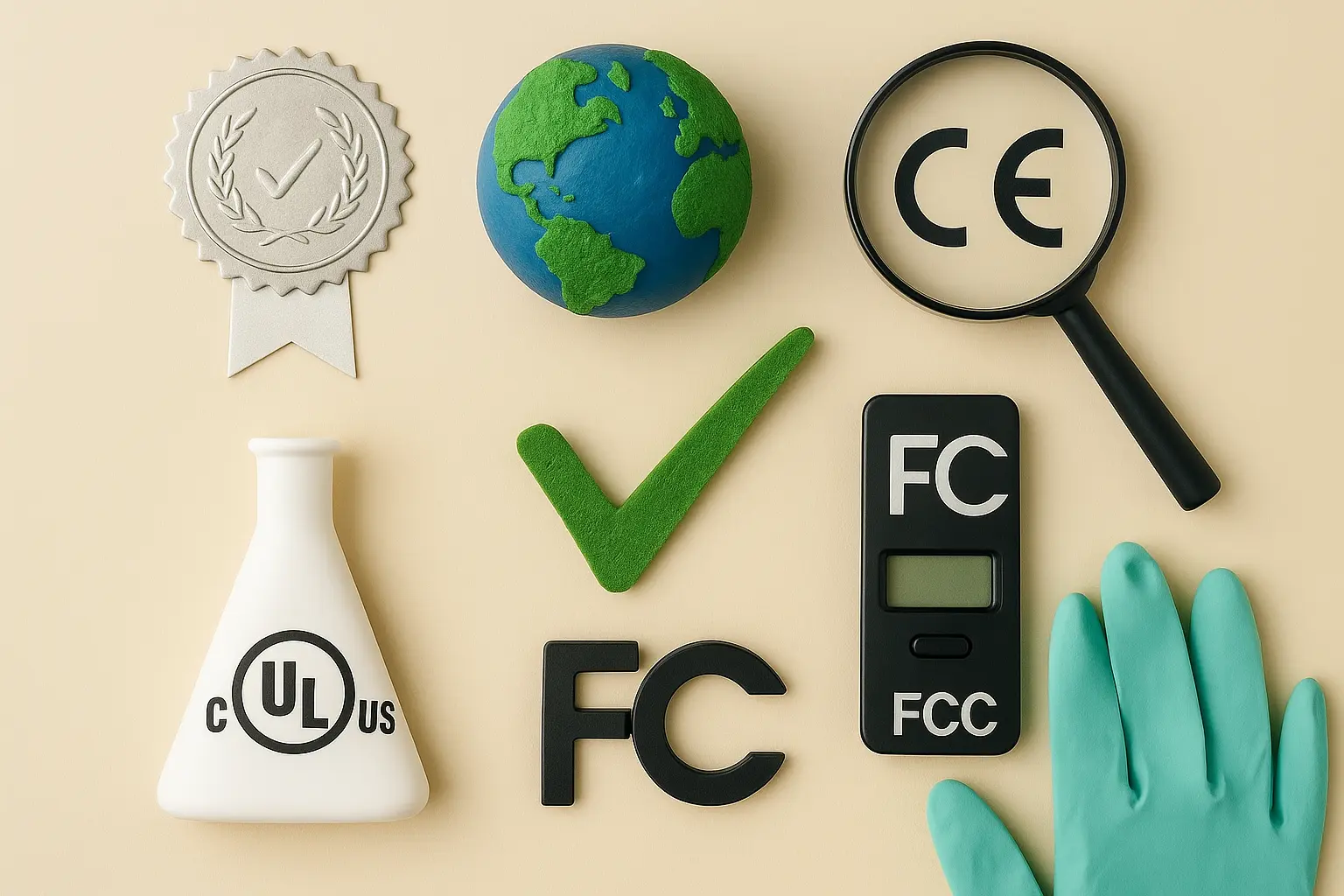Elevator Safety Certification
Elevator safety certification is a critical process that ensures compliance with local and international standards to guarantee the safe operation of elevators. This service plays an indispensable role in maintaining public confidence, minimizing risks associated with elevator malfunctions, and preventing accidents. Elevator systems must meet strict requirements regarding structural integrity, mechanical components, electrical systems, and control mechanisms.
Quality managers and compliance officers are primarily responsible for ensuring that their organization’s elevators comply with the relevant standards. This involves regular inspections by certified professionals who assess various aspects of elevator performance, including braking efficiency, door operation, and system controls. R&D engineers often contribute to this process by validating new designs against existing and emerging safety protocols.
The importance of elevator safety cannot be overstated. According to the International Organization for Standardization (ISO), elevators are among the most commonly used vertical transportation systems in buildings worldwide. A single malfunction can lead to significant disruptions, injuries, or even fatalities. Therefore, adherence to international standards such as ISO 18736 and EN 81 is essential.
To achieve elevator safety certification, organizations must undergo a series of rigorous tests which typically include dynamic testing under load conditions, emergency braking tests, and power supply integrity checks. These procedures ensure that the elevator can operate safely in various scenarios, including power failures or other emergencies.
Compliance officers play a crucial role by ensuring all relevant documentation is up-to-date and accessible for auditors. They also collaborate closely with R&D engineers to incorporate improvements based on test results into future designs. By doing so, they contribute significantly towards enhancing overall safety standards within the industry.
In summary, elevator safety certification serves as both a safeguard against potential hazards and an assurance of quality for users. It requires meticulous attention to detail throughout installation, maintenance, and operational phases. For organizations committed to maintaining high levels of safety and reliability, this service is indispensable.
Scope and Methodology
| Test Parameter | Description | Acceptance Criteria |
|---|---|---|
| Elevator Braking Efficiency | Measures how effectively the elevator stops when subjected to a known load. | Must comply with ISO 18736 Clause 4.2.1 |
| Emergency Door Opening | Verifies that emergency doors can be opened from both inside and outside within specified time limits. | Must adhere to EN 81 Part 15 Clause 6.2.3 |
| Power Supply Integrity | Evaluates the resilience of electrical systems during power fluctuations or outages. | Follows IEC 60947-5-5 requirements for relevant components. |
| Load Testing | Determines how well an elevator handles maximum rated capacity without compromising safety features. | Meets ASME A17.1 Section 3 |
The methodology involves several key steps: initial assessment, detailed testing, and final evaluation. During the initial assessment phase, our team reviews existing documentation to understand current compliance levels. Next comes comprehensive testing using industry-standard equipment calibrated against recognized benchmarks.
Each test parameter listed above has specific acceptance criteria designed to ensure that all safety features function correctly under various operating conditions. For instance, elevator braking efficiency must be measured at least three times across different speeds and loads before being deemed acceptable according to ISO 18736 Clause 4.2.1.
The final evaluation phase involves compiling detailed reports summarizing test results alongside recommendations for any necessary corrective actions. Compliance officers receive these reports to ensure that all issues identified during testing are addressed promptly, thereby maintaining continuous compliance with relevant standards.
Industry Applications
- Commercial Office Buildings: Ensures efficient vertical transportation while minimizing environmental impact through optimized energy consumption.
- Hospitals & Healthcare Facilities: Provides reliable access to critical areas, enhancing patient care by reducing waiting times and stress levels.
- Residential Complexes: Enhances quality of life for residents by offering safe and convenient travel options within multi-story structures.
- Public Transportation Hubs: Supports smooth passenger flow between different modes of transport, improving overall efficiency and safety.
The application of elevator safety certification extends beyond just these sectors. Any facility where vertical mobility is essential benefits from this service. By ensuring consistent adherence to recognized standards, we help organizations across diverse industries provide safer environments for their employees, visitors, and customers alike.
Environmental and Sustainability Contributions
- Energy Efficiency: Modern elevators equipped with advanced control systems can significantly reduce electricity consumption by optimizing power usage based on actual travel patterns. This not only lowers operational costs but also decreases carbon footprints associated with building operations.
- Material Optimization: During the design and manufacturing stages, careful selection of materials ensures minimal waste while enhancing structural integrity and longevity. Additionally, recycling programs for old or decommissioned elevators promote sustainable resource management practices.
- Occupant Comfort: Well-designed elevators contribute to improved indoor air quality, reduced noise levels, and enhanced thermal comfort, all of which positively impact occupant health and wellbeing.
Incorporating these elements into elevator safety certification not only enhances safety but also promotes more sustainable practices. By integrating green technologies and processes early in the lifecycle of an elevator project, we can contribute meaningfully towards reducing environmental impacts while maintaining high standards of performance and reliability.





